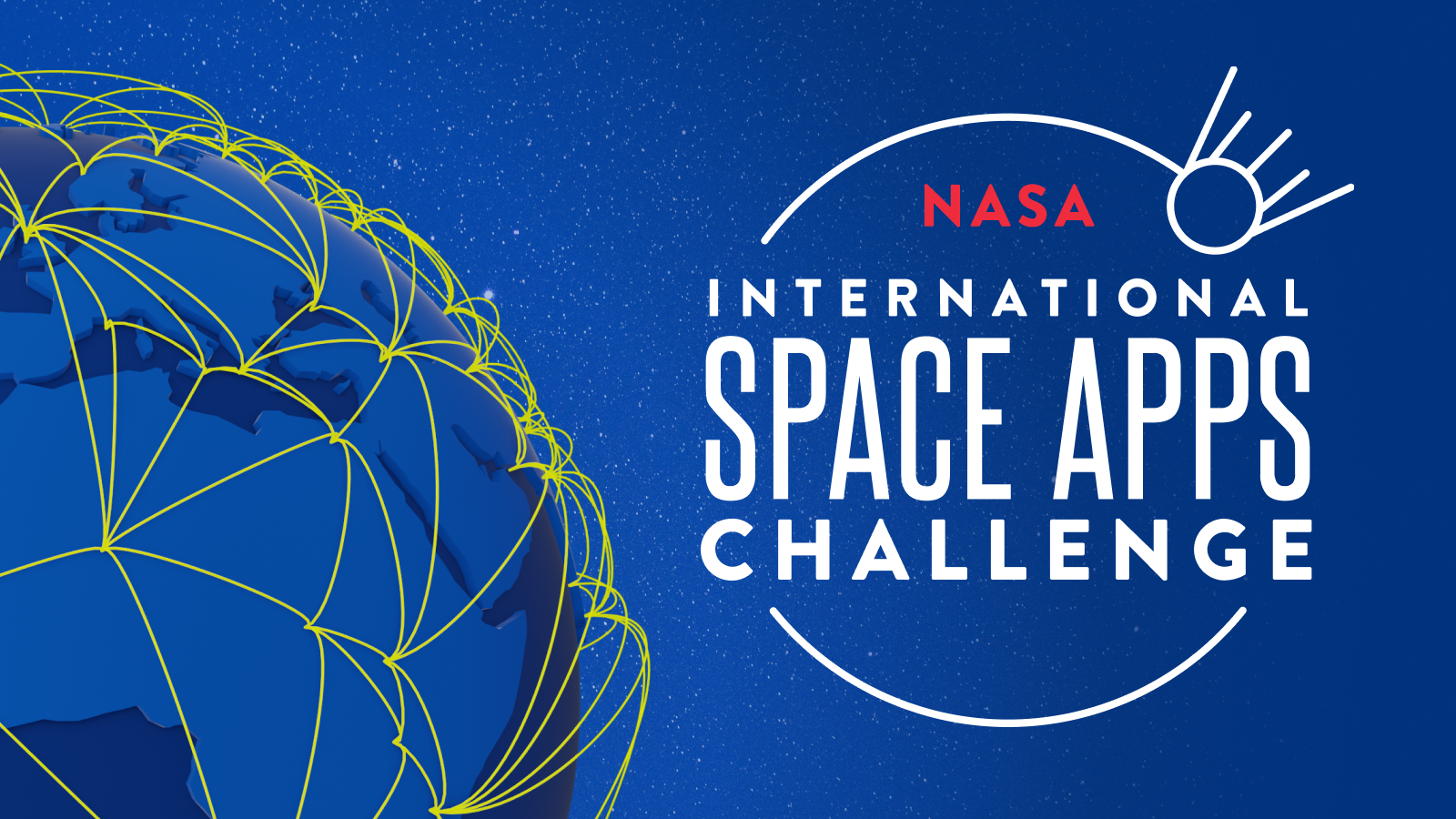Kotlin has firmly established itself as a modern, powerful, and developer-friendly programming language. In 2025, it’s not just an alternative to Java—it’s the preferred language for Android development, backend services, and even cross-platform app development with Kotlin Multiplatform.
If you’re a developer wondering why you should choose Kotlin in 2025, here’s everything you need to know about its growing ecosystem and future-proof potential.

1. Kotlin Is the Official Language for Android
Since Google officially endorsed Kotlin for Android development in 2017, its popularity has skyrocketed. In 2025:
-
90%+ of new Android apps are written in Kotlin
-
Jetpack Compose, Android’s modern UI toolkit, is built with Kotlin-first support
-
Kotlin reduces boilerplate, increases readability, and speeds up development
If you want to become a modern Android developer, Kotlin is non-negotiable.
2. Kotlin Multiplatform Is Reshaping App Development
One of the biggest trends in 2025 is Kotlin Multiplatform (KMP). It allows you to share code across Android, iOS, web, desktop, and backend, using a single codebase.
-
Write business logic once and use it everywhere
-
Save time and cost in app development
-
Build apps for multiple platforms with native performance
KMP is now being adopted by major companies like VMware, Netflix, and Philips, showing that Kotlin’s cross-platform future is here.
3. Thriving Ecosystem and Tooling by JetBrains
JetBrains—the creator of Kotlin—continues to roll out updates and new tools, making development smoother than ever. In 2025, the Kotlin ecosystem includes:
-
Kotlin Compiler K2 – faster builds and improved performance
-
JetBrains Fleet – a next-gen IDE built with Kotlin support
-
Kotlin DSL for Gradle – better scripting and configuration
These tools make Kotlin a top choice for professional development.
4. Ideal for Backend Development with Ktor and Spring
Kotlin isn’t just for Android. In 2025, many companies use Kotlin to build:
-
REST APIs
-
Microservices
-
Cloud-native applications
Thanks to frameworks like Ktor, Spring Boot (Kotlin support), and Exposed (Kotlin SQL), you can now write robust backend apps with Kotlin, enjoying clean syntax and functional programming features.
5. Safer, Cleaner, and More Concise Code
Kotlin was designed with developer happiness in mind:
-
Null safety reduces crashes
-
Extension functions add flexibility
-
Coroutines handle async programming with ease
-
Data classes eliminate boilerplate
It’s modern, readable, and expressive—qualities that help teams write maintainable code faster.
6. Massive Community and Job Market Growth
Kotlin’s community is thriving in 2025:
-
10M+ developers use Kotlin
-
Tons of tutorials, GitHub projects, and StackOverflow discussions
-
Thousands of jobs for “Kotlin developer”, “Kotlin Android engineer”, and “Kotlin backend developer” worldwide
Freelancers, startups, and big tech firms alike are hiring Kotlin devs.
Kotlin is no longer the “new kid on the block”—it’s the language of choice for Android, backend, and multiplatform development in 2025. With unmatched versatility, safety, and growing industry adoption, learning Kotlin now means preparing yourself for a future-proof, in-demand tech career.








